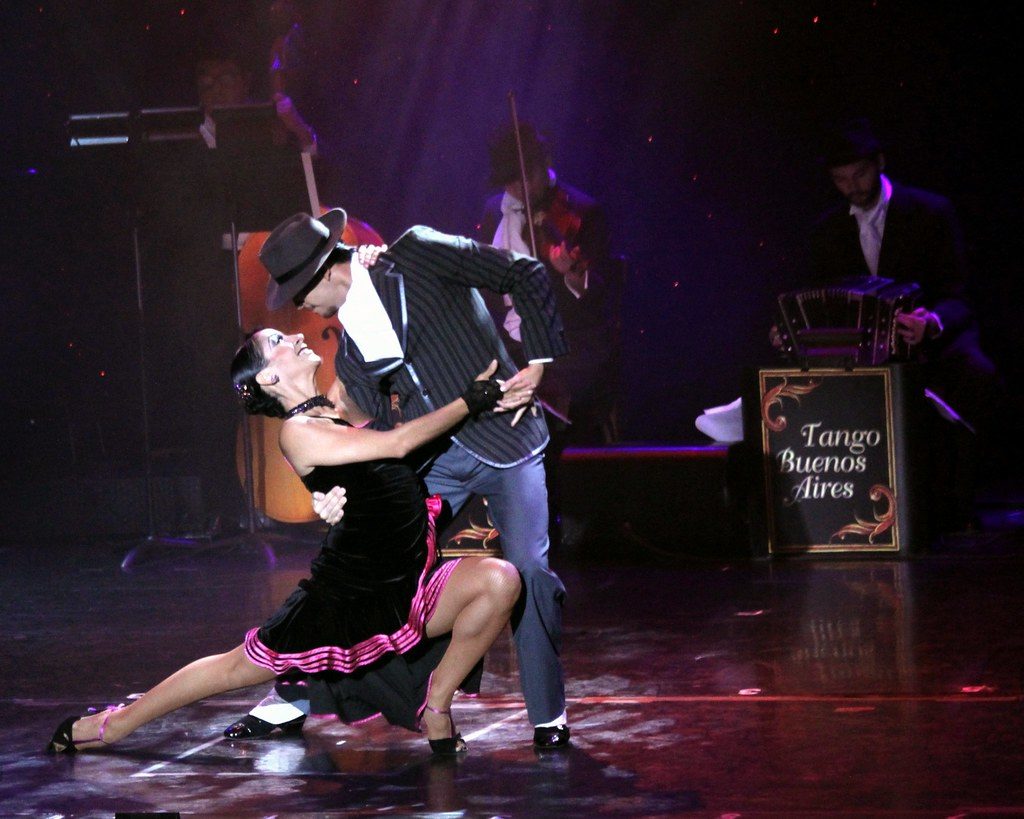
Tango Dancing Experience in Buenos Aires, Argentina hosts some of the most breathtaking tango districts in Argentina. From the enchanting Milonga Parakultural at Salón Cunning to the late-nighter milonga ‘La Viruta’, both in Palermo, enjoy a mystical, sexy and captivating dance in the heart of the capital of Buenos Aires. Under the shining stars, and with the cool night breeze rushing between you and your partner, a night of tango in Buenos Aires will be an experience of a lifetime.
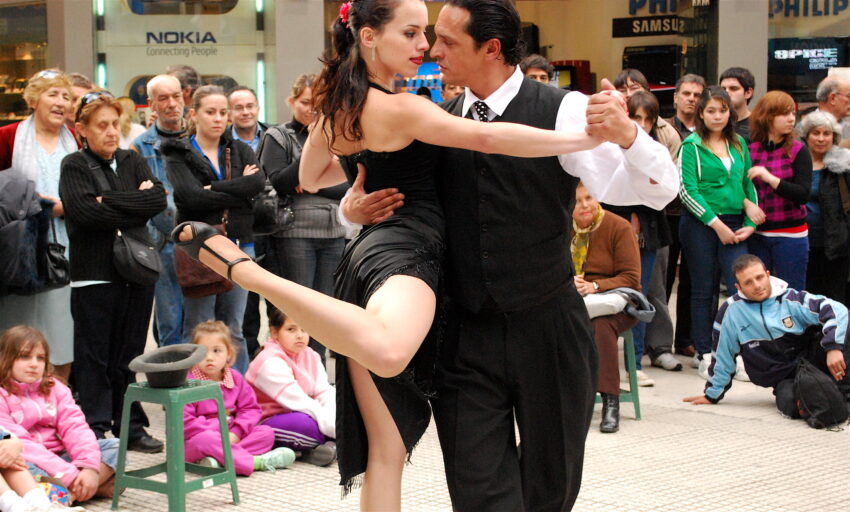
Widely known as the language of love, the tango dance is sometimes described as force, fire, cooperation, domination, and finally, a game between two people. Visit Argentina, the birthplace of tango, and admire the dance in all its beauty. It doesn’t matter if you want to learn or sharpen your technique, or even if you just want to watch others dance the night away.
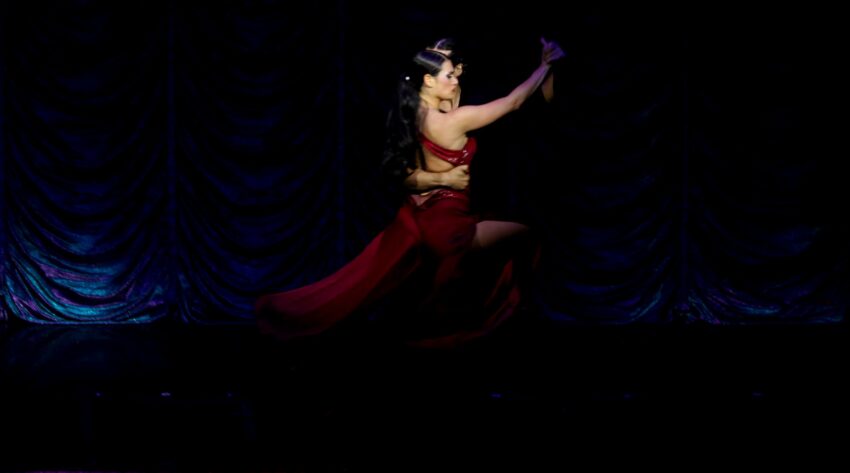
Activity/Place Highlights
The magic occurs in Buenos Aires at noon or midnight, when Porteños and outsiders gather together at the city’s tango salons, locally called milongas, and in public streets to listen to intriguing tango songs that are danced by professional or amateur tango dancers. Additionally, you will have the chance to experience this amazing artistic demonstration of tango in haunts, cultural centers, boutiques hotels, and terraces while dining the tasteful and delicious Argentine gastronomy.
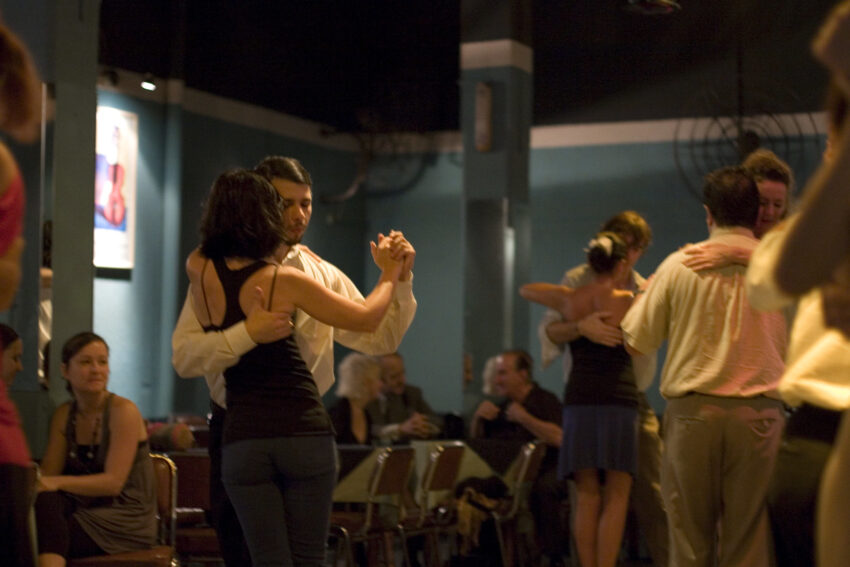
Salón Cunning (Milonga Parakultural)
The Milonga Parakultural, located on the Scalabrini Ortiz street in Palermo, is perfect if you want to experience a bit of everything good about tango. It is one of the top milongas in Buenos Aires, where you will find a wide range of ages and levels of experience among the dancers. If you are not really confident in your dancing skills, you are free to just sit and enjoy live performances. Grab a drink and wait for the professionals to take over the dance floor.
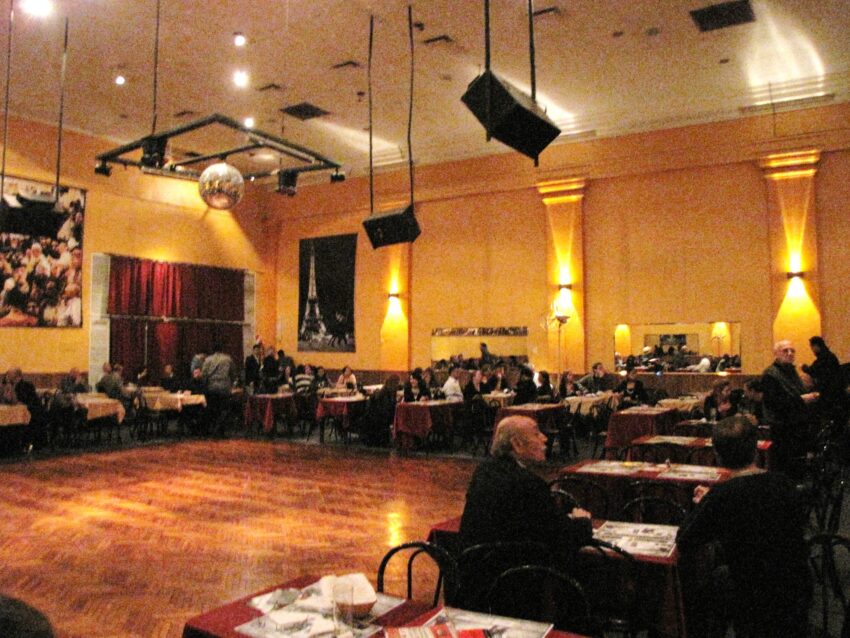
Milonga Cachirulo
In this early milonga, located on the Avenida Entre Ríos, Buenos Aires, you will get to experience what formal milongas were like. The fun starts here around 10:00 PM. Men and women sit on opposite sides of the room, and if men want to dance with a woman, they’ll have to use the cabeceo: asking to dance by making eye contact with whoever catches your attention. However, if you don’t want to dance and only want to witness the art, make sure you’re seated with friends and away from the dancers.
La Viruta
The definition of nightlife. La Viruta is perfect for when other milongas are closed for the day, but you still don’t want to stop dancing. Here, you will find the dance floor in the basement of the Armenian Cultural Center, and as the hours go by, the ambiance changes. Early in the night, a mix of locals and tourists gather on the dance floor to learns how to tango. Finally, around midnight, the pro dancers arrive and the good part of the night begins.
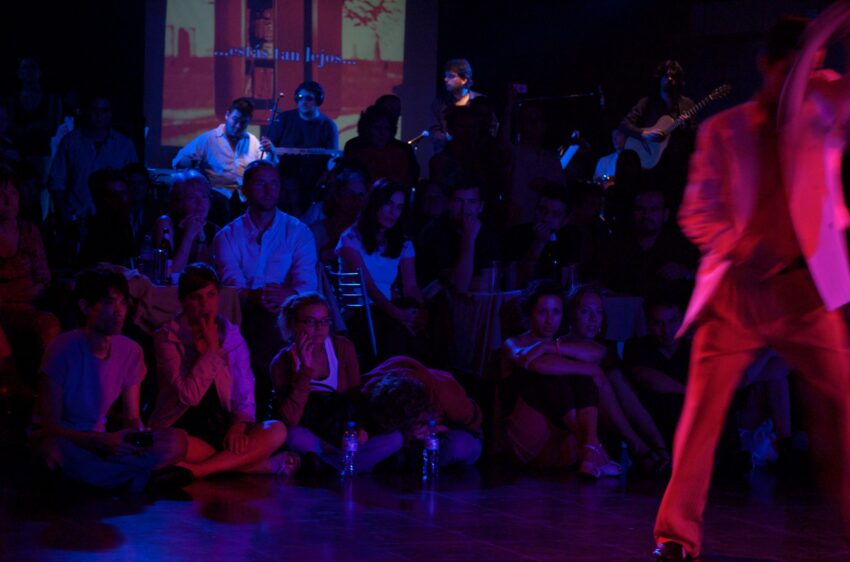
La Catedral del Tango
Last but not least, located in Sarmiento street, La Catedral is a Buenos Aires institution and the perfect place for beginners to give tango a try. Arrive every day between 6:00 PM and 7:00 PM for the tango classes they offer. Generally, a lot of people stay after class to practice the moves they just learned, so feel free to stay to perfect your technique too. Then, at 11:00 PM, the milonga opens and the experienced dancers start to arrive.
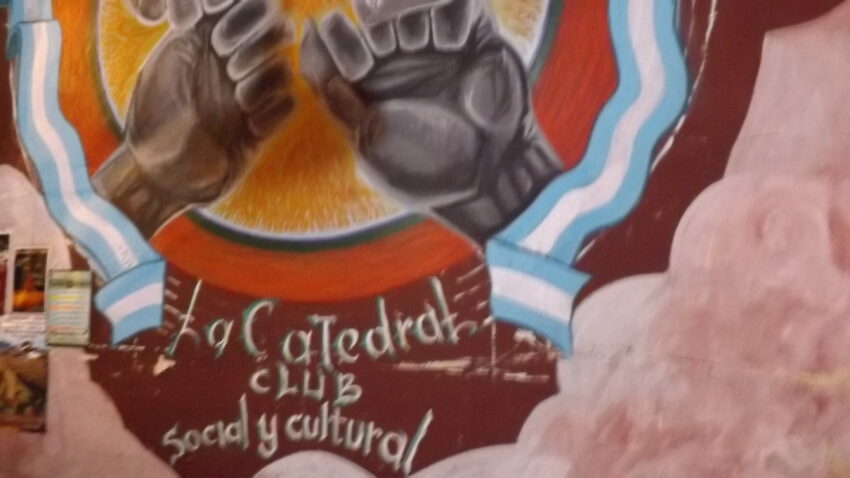
Botanical Garden
Although you might be enjoying the tango life, there comes a moment when you want to take a break from the dance and see other sides of Argentina. If you are experiencing this tango overdose, we recommend visiting Palermo’s Carlos Thays Botanical Gardens. Enjoy relaxing walks surrounded by nature, where you can see beautiful landscapes and around 6,000 plant and tree species. French, Roman and oriental gardens welcome you, with sculptures dotting the area, and an art exhibition inside an English-style house.
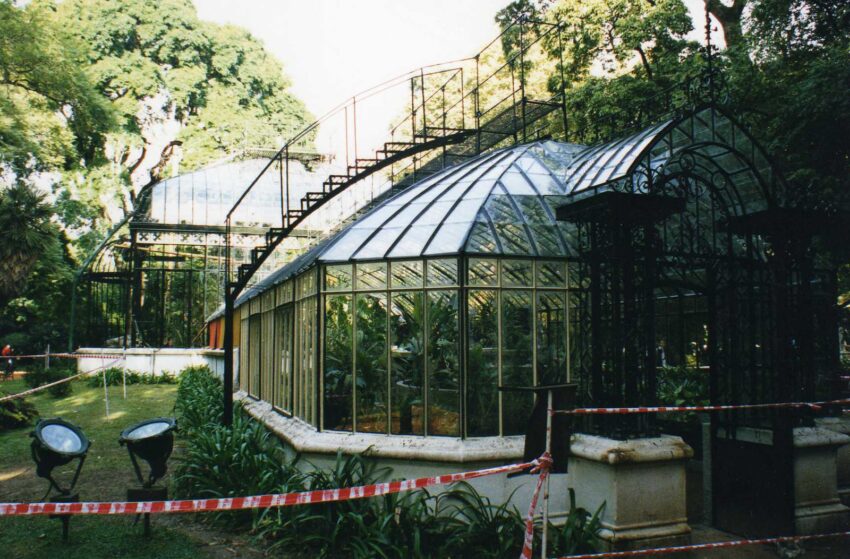
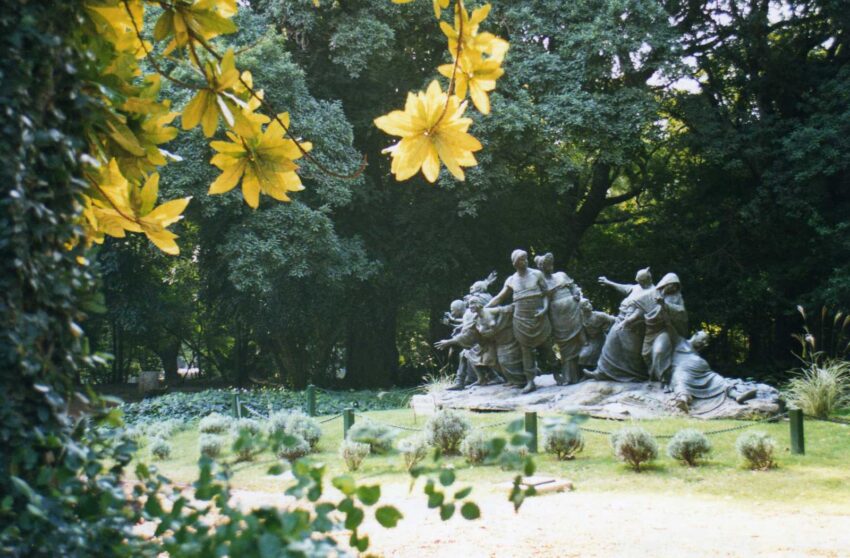
If you are eager to learn the tango or interested in perfecting certain aspects of the technique, there is a great variety of tango services. Among these. there are suites at the Abasto Plaza, which have dance floors for private lessons. Some of these places have been reserved for 30 years for this purpose. For complete novices, classes are also offered at Mariposita School in San Telmo. Here, you and your classmates will be divided into six different levels of experience, so you shouldn’t feel embarrassed if you are not a tango master. There’s no need to book in advance, and you can be admitted at Mariposita School any time of the year.
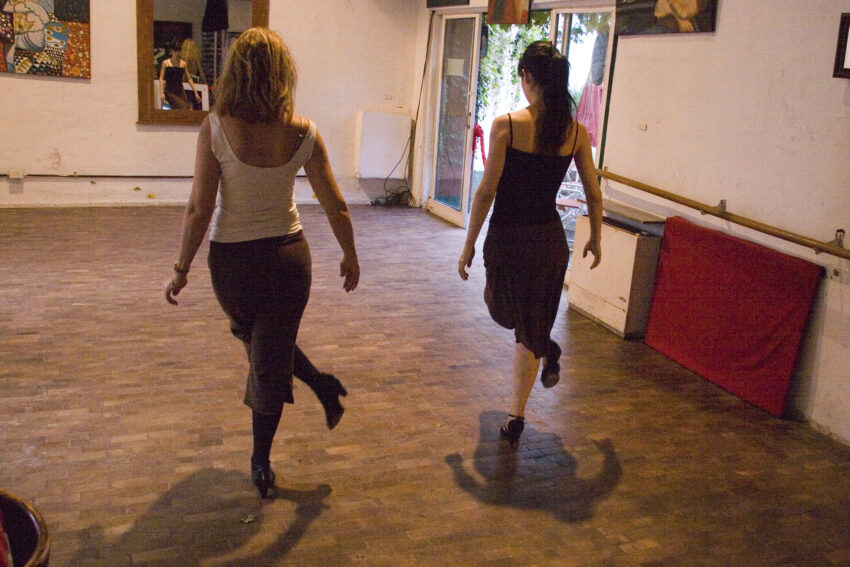
How to get there
The international airport of EZEIZA offers daily flights every day, located around 45 minutes to 1 hour away from the city proper, the Capital Federal. In addition, you can get around Buenos Aires by taxi, bus or rented cars directly from the airport.
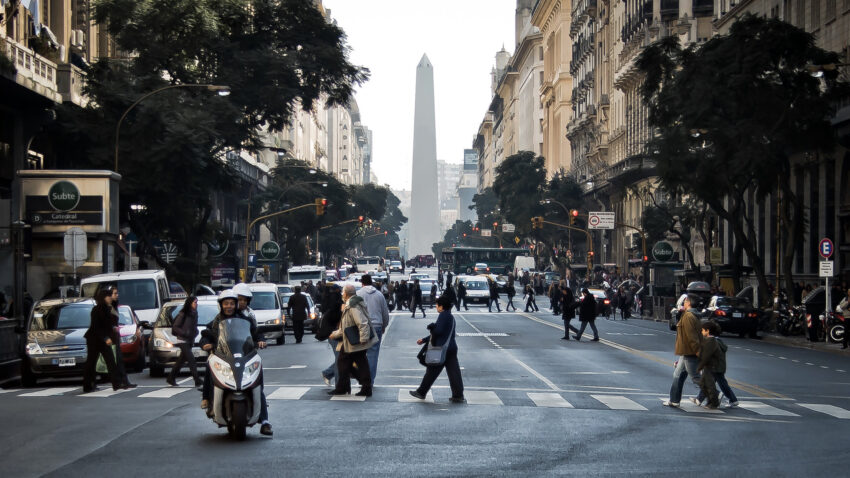
When to go
The weather is best in fall, from March to May. Spring, from September to November, September offers low season discounts.
How long
Buenos Aires has enough to keep you busy for at least six days.
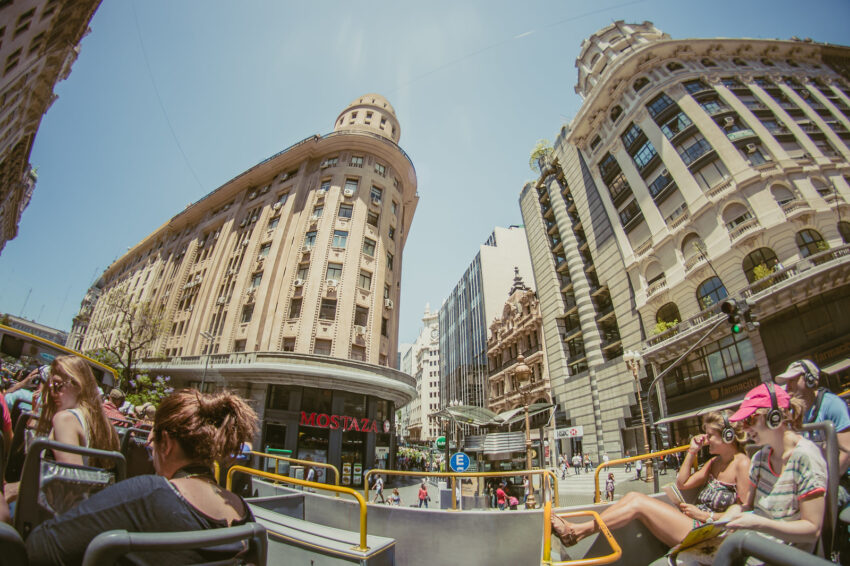
Opening and Closing Hours
The tango life begins at night, which means most milongas open around 10:00 PM. The Milonga Parakultural opens at 11:00 PM and closes at 4:00 AM. The Viruta milonga opens at midnight and closes by breakfast time, at 6:00 AM.
On the other hand, the Catedral Club opens at 11:00 AM and by 4:00 AM its doors close.
Besides, the Carlos Thays Botanical Garden is open on Tuesday to Fridays from 8:00 AM to 6:45 PM; on Saturdays, Sundays and holidays, from 9:30 AM to 6:45 PM. It’s closed on Mondays.
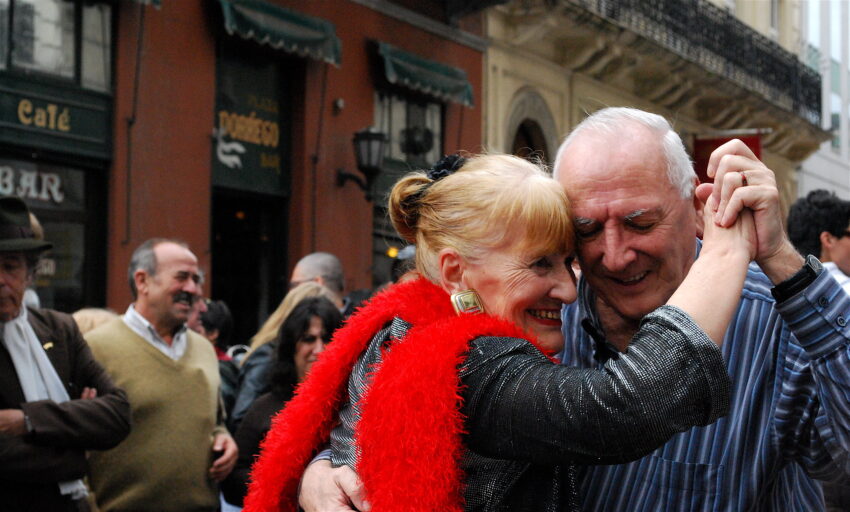
Planning
Take tango lessons before leaving to feel at ease with the basic steps and to develop stamina.
Inside information
Porteños dress in high fashion for work and café lounging, so pack accordingly. Besides, we recommend taking a nap in the evening before a late dinner since dancing might last until dawn. In order to choose the best milonga, consult listings in the magazines B.A. tango or el Tangauta and pick up a tango map.
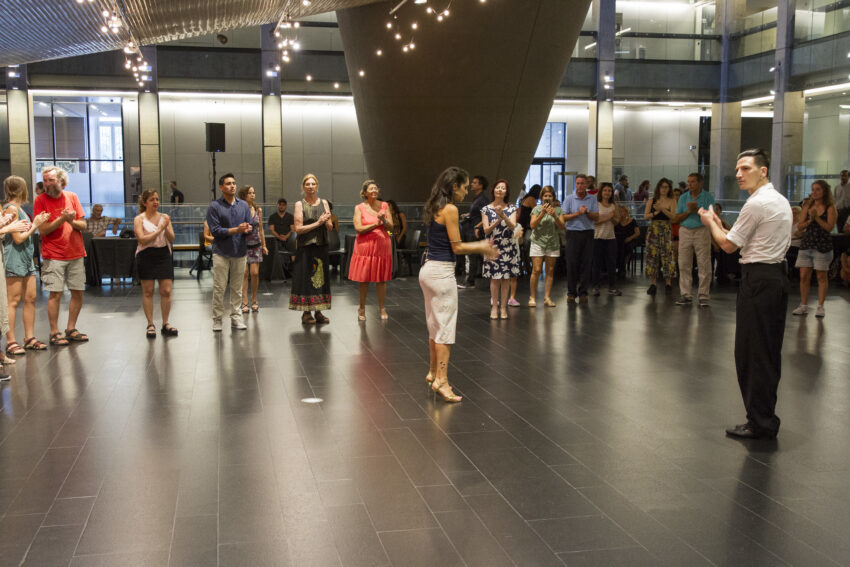
History
The origin of the exciting tango took place during the 1800s in the less privileged areas of Buenos Aires. It was originated from the Candombe rhythms, brought to South America by African slaves. Then, it was fused with a vast diversity of musical styles of indigenous, Caribbean and European immigrants who started coming in large movements towards the end of the century. Surely, tango had a humble heritage, but today it is danced by poor or rich people and it’s known all around the world.
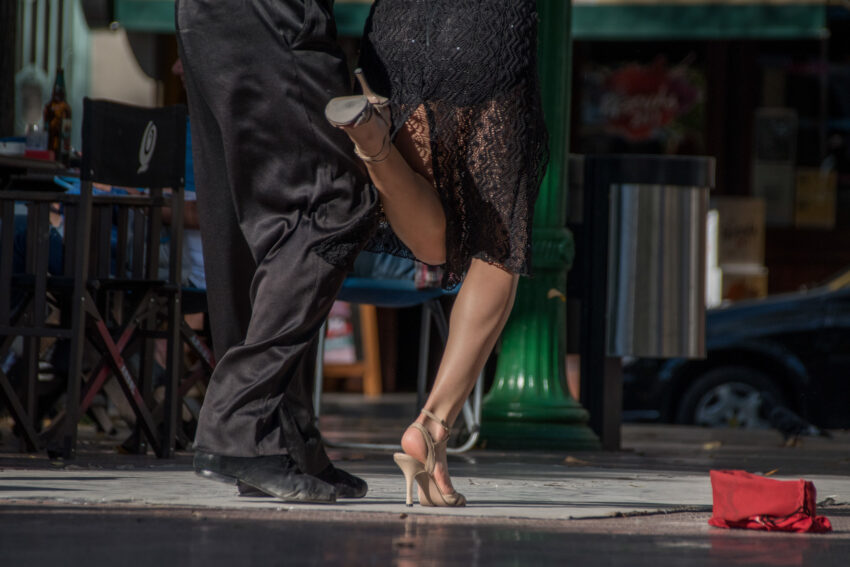
Websites
Other nearby attractions
Visiting Puerto Madero is another great option, famous for having the largest European-influenced architecture of the country. Here you can see the renowned Puente de la Mujer (Woman’s Bridge).
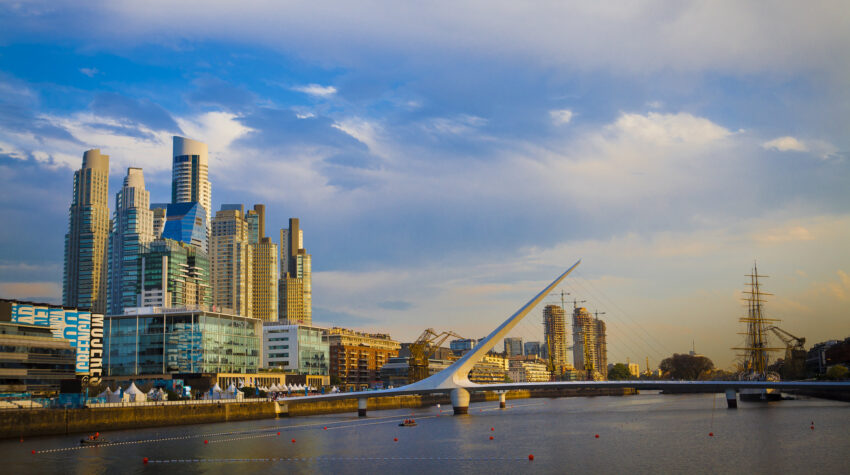
If you like culture and art, we recommend you to visit the Museo Nacional de Bellas Artes, holding over 12,000 art pieces, ranging from paintings to sculptures.
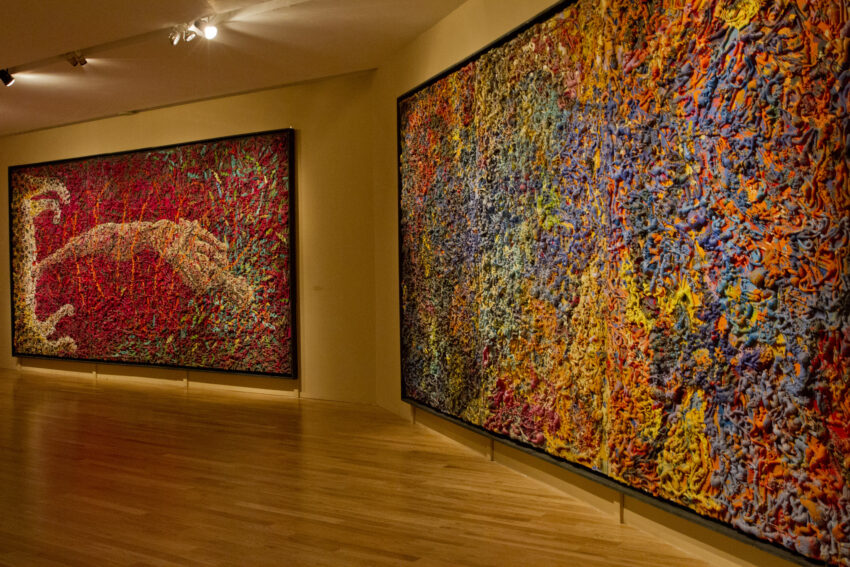
On the other hand, the Teatro Colon is considered one of the world’s largest opera house, until the completion of the Sydney Opera House in 1973 and Caminito. It is recognized for being one of Buenos Aires’ most colorful streets in the neighborhood of La Boca. Sometimes it is compared to a mini-Louvre because of its outstanding collection of European and Argentine artists.
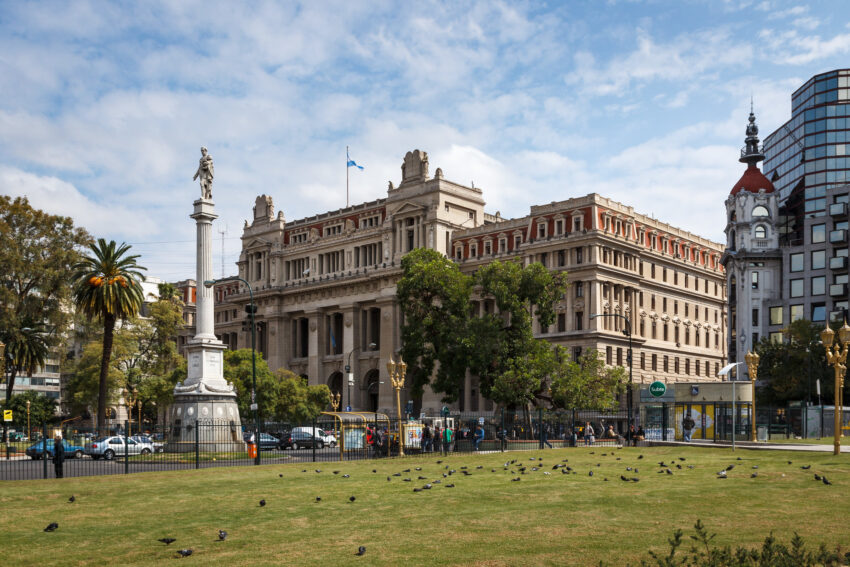
On the other hand, there is a sophisticated flea market that opens on Sundays called Plaza Dorrego. It is located in San Telmo, surrounded by XIX century mansions. Here, where you can buy antiques, ride bicycles and eat in restaurants and cafés.
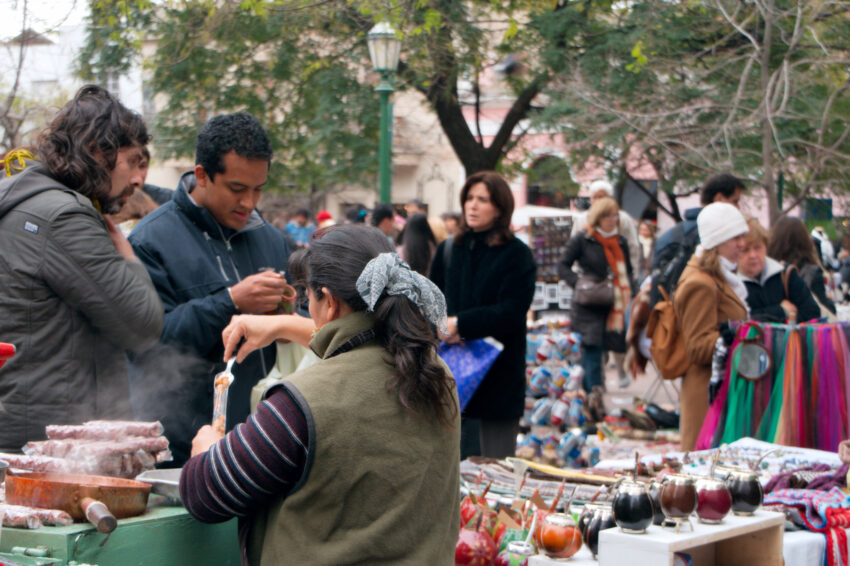
If you loved this article or found it useful, don’t forget to share it with your adventurous and travel-hacking friends! If you want more posts like this, follow us on Youtube, Instagram, Pinterest, Twitter or Facebook and subscribe to our newsletter!

